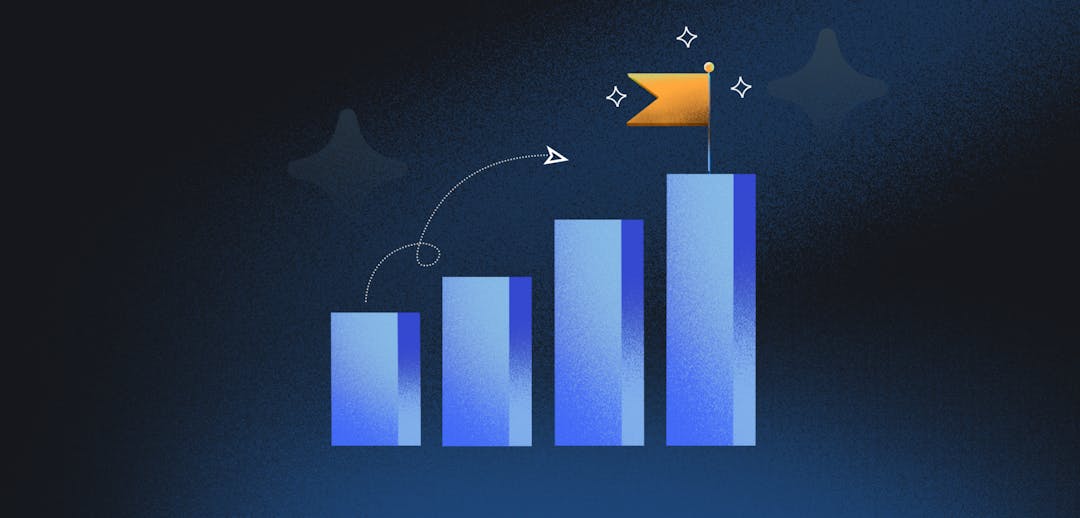As you move beyond traditional sales strategies, the way you look at your customers has to change accordingly. Nailing your segmentation is key to becoming a growth performance outlier.
In a sales-led company, everything from where you hire to how you structure sales training will typically be guided by geography-driven segmentation. But in a product-led environment, geographic segmentation doesn’t necessarily make sense – especially in a post-COVID world where remote work is on the rise. You may be targeting a company which is headquartered in the UK but with team members spread across Europe and the US, making a geography-led approach misleading and unhelpful.
So, what is a proxy for geographic segmentation in a PLG environment?
There are a number of options; it could be by industry, or by company size, for example, or even in terms of shared pain points and goals – speaking to your customers not in terms of your proximity to them but of their resemblance to each other.

Shaking up your segmentation can also be a more effective way to identify where you might have gaps or need to improve. For example, segmenting by geography might show you that 20% of people who try your product in Germany end up buying it – although not why the other 80% decided against it. But when you look at the data on the basis of company size, you might discover that 50% of small businesses that try your product become paying customers, compared to only 10% of large businesses. This new lens is especially helpful when you don’t have a sales team gaining these insights directly from customers.
How you segment your customers can also influence – or be influenced by – the way you measure growth more broadly. If you are focused on international expansion, geographic segmentation may make sense to you. If you have more of a PLG mindset, success might look like solving more problems for people in more industries – or embedding your product more deeply into a particular sector.

Expectations will differ across your customers, too. Larger companies will likely still want to speak to someone during the buying process, to ensure they are getting the best price and that your product meets their compliance requirements. “We have a complex, technical, multi-stakeholder sale. For large businesses, they need to talk to someone,” says Ed Fry, recent Head of Marketing at Primer. Geographic segmentation and its corresponding actions – like regional hiring and sales training – can have its benefits, particularly if you have clients in different time zones, and with specific cultural needs. “We bring in senior sales folks with industry experience into the same region to match to prospects. We'd outright lose deal momentum any other way”.
This article is an extract from Outliers: The State of SaaS Growth. Download the report here.




